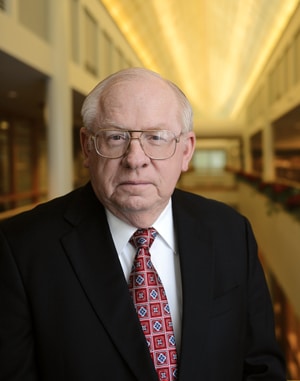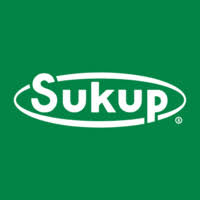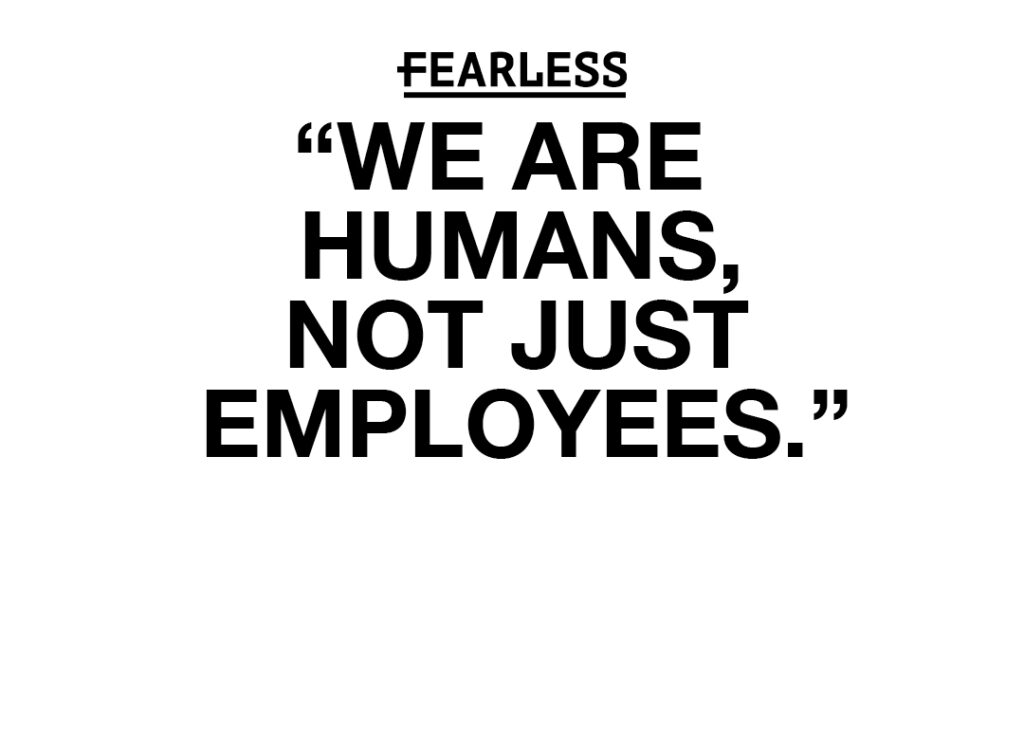Public Companies: Casey’s General Stores Inc.

MEGAN VERHELST Jan 16, 2015 | 12:00 pm
6 min read time
1,351 wordsBusiness Record Insider, Retail and BusinessHeadquarters: Ankeny
Website: www.caseys.com
Ticker symbol: CASY
Employees: 31,000
If you ask CEO Robert Myers, Casey’s General Stores Inc. has a single “big, hairy, audacious goal” — to serve 1.5 billion customers annually by the year 2030.
It may seem lofty, but Casey’s is cruising steadily toward that goal. In fiscal year 2014, which ended last April, the company served 500 million customers at its 1,861 stores, located in 14 states. That number continues to grow, Myers said.
While many customers equate Casey’s with gasoline, the company saw great success last year in several areas, including its prepared foods division. The company, known for its pizza, added pizza delivery to some areas and opened a standalone pizza store in Pleasant Hill.
It also is overseeing an effort to remodel nearly 800 of its stores built in the 1990s and early 2000s, converting some to 24-hour stores. Finally, a partnership with Hy-Vee Inc.’s Fuel Saver program continues to draw more customers to Casey’s stores, Myers said.
But the challenge, he added, will be keeping up with that growth in mindful and disciplined ways.
“Shareholders often become impatient, so it takes the management and our board to be very prudent in what we do and how we do it,” Myers said.
Q & A with Robert Myers, chairman and CEO, Casey’s General Stores Inc.
Age: 68
Education: Bachelor’s degree in management from Coker College and 22-year veteran of the United States Army.
Hometown: Des Moines
Family: Wife, Janice
Elaborate more on what really worked in 2014.
We have been in fiscal year 2015 for a while now and are halfway through it. We continue to work very hard on our prepared food program and we are busier than ever in our stores. Our new store design is driving sales in all categories.
We have three major operational initiatives we’re focusing on right now. One is converting stores to 24-hour stores. For a while, we were adverse to that. It didn’t make sense, but as we’ve acquired more 24-hour stores, we realized those stores were very successful. In addition to that, we have our great pizza program. It’s the fifth largest in the nation. When talking about adding delivery, my comment to the team was that we had to stop talking. We had to do it and get it done. Finally, we’re remodeling a base of our older stores. Those are the things that really worked and brought in customers in 2014.
This fiscal year, we are continuing to ensure our customers are our number-one priority. Every month, week after week, we continue to see same-store sales and customers increase. All the things we’re doing drive that. We have to stay on top of customer experience.
What other challenges are presented by the company’s growth?
It brings logistical challenges. We recently announced plans to build a new distribution center in Terra Haute, Ind. We’re about 12 months away from bringing it online. We’re also adding another 40,000 square feet to our distribution facility here. This is all because of the growth we’ve seen in our prepared foods division.
As far as our corporate office (in Ankeny), we moved our service support operations staff to a warehouse over by Mills Fleet Farm and Dewey Dodge on Southeast Delaware Avenue. We also moved a lot of the administrative support staff, and that opened some space here. We also have staff in two other locations besides here. When we moved into this building, I thought we would never fill it. Well, guess what? It’s filled. We can’t expand any further. The growth of the Ankeny Regional Airport won’t allow it. We have different pockets out there because the reality is we can’t put everything under one roof. A new headquarters is not in our plans, though. We’re not ready for that.
What do you see as the biggest opportunity for the company in 2015?
Our whole category of prepared foods. Let me illustrate that against gasoline. Gasoline generates 70 percent of our company’s revenue, and 20 percent of our gross profit. Prepared foods comprise 6 percent of our revenue, but 30 percent of gross profit. We are making far more money on prepared foods, and the importance of that can’t be understated. You will continue to see us growing our prepared foods categories as well as continuing our other initiatives, including 24-hour stores, major remodels, and pizza delivery.
Last year, Casey’s launched its first standalone pizza store. How is that performing?
When we launched that, we did so because we had a very specific problem in Pleasant Hill. For whatever reason, it became the number one store in the company for pizza sales. It was so visited we had to install double-stack ovens. There was no room to prepare food and people were walking all over themselves trying to keep up.
We wanted to try a standalone pizza store. That was one of those ‘let’s get ‘er done” moments. We also opened a second full-service store in Pleasant Hill, and now we have three locations selling pizza there. Through that, we validated the concept of standalone pizza. It’s a viable opportunity for us. We are looking at five or six different locations for new ones, but we aren’t doing them right now. We decided to wait to control costs.
How IS pizza delivery PERFORMINg?
We’ve been rolling that out for about a year and a half. It’s going very well. We are just now to a point where we can look back and figure out where it’s not working. We’ve learned our pizza delivery should be in larger communities, and there shouldn’t be competition. Using that formula, it’s proven to work well. We have shut some down and modified operating hours on others, but we are continuing to roll this out.
In 2011 and 2012, Casey’s purchased several Kum & Go stores, many in rural towns. Have those acquisitions worked out as you hoped? Will there be more in the future?
You’ll have to ask Kyle Krause about that! As far as my knowledge goes, we’re at a finishing point with that. These acquisitions have worked out well, though, and I think Kyle would say the same thing. Kum & Go wanted to exit those smaller, rural markets, and that’s our bread and butter. We were often competing head-to-head in these areas. Since the acquisitions, we’ve converted some stores, shut others down and rebuilt them. It’s proven to be an excellent acquisition for us. Kum & Go is a great competitor. We truly beat one another up in the market, but it’s great we can work together on things like this.
If smaller, rural communities are your bread and butter, does declining rural population worry you?
Declining population is always a concern, but to me, there is no denying that smaller Midwestern communities aren’t going by the wayside. Here’s what we believe — Murray, Iowa. It’s a town of 760 people with tremendous community support that literally petitioned us to build a store there. We went down and took a really hard look at it and we decided to make an investment in that community. Murray, was a thriving community many years ago, but has been in a state of decline for some time. What we’re hoping to see is maybe if we build stores in communities like Murray, we can help stabilize the population. Maybe we can help reverse that decline.
Where do you see the company in five years?
We are excellent five-year planners. After coming out of a strategic planning conference about two years ago, I realized we weren’t so good at addressing the long-term plans of this company. We hired a consultant who helped us develop a long-range plan and goal, and that is how we set our big, hairy, audacious goal to serve 1.5 billion customers by 2030, one customer at a time. We were in awe of its simplicity and what it meant to us. On the flip side we continue to emphasize our core values — positive, polite, professional and proud. Sixteen years — that is our horizon.












